10 keys to valuing your home
As sharing is living, at Monapart we are going to give you the most important keys so that you can get a (fairly good) idea of what your house is worth.
You want sell your flatbut you don't know how much you can ask for it. Good.
If we go to Google and type in "how much is it worth", the first suggestion will be "car", and the third, "Netflix". This writer has no idea about cars, and we'll talk about series another time. But since sharing is living, in this post Monapart is going to give you the 10 keys to valuing your home.
IMPORTANT NOTE:
Don't expect the "Coca-Cola formula", there are no absolute truths in this. We give you keys and guidelines that work and if you practice a mix of all of them, even better. The price of your house is no more and no less than what someone will pay for it. As with potatoes. And it's not easy, but that's what we're here for. If you need us, just whistle!
1. First of all: Don't cheat yourself.
Try to put ego, heart and expectations aside and, if you can, find a friend to tell you what sometimes you don't want to hear.
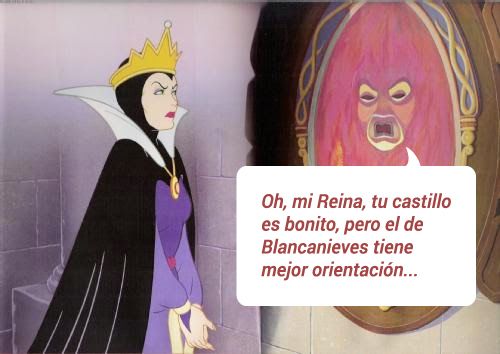
2. How big is your house:
To calculate the value you will need the m2 built. In this link They explain it very well. Don't count the common elements, your percentage of the entrance hall or your share of the swimming pool should not be added to the common elements.2 of the flat. Logical, isn't it? Doing it by eye or adding metres because it "looks bigger" does not fall into the category of measurement.
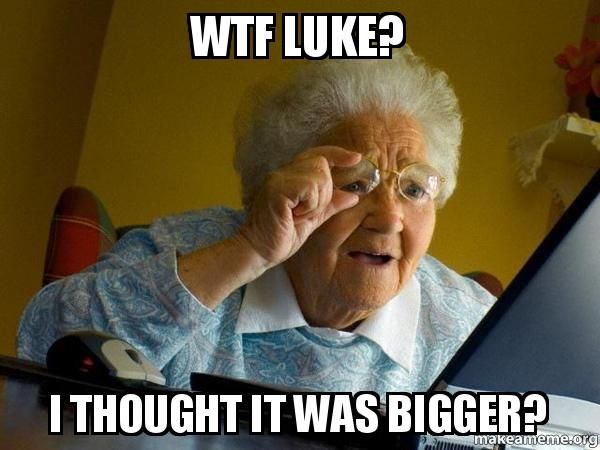
3. Idealistic:
In case you had any doubts... Yes, today it is the best real estate portal that you can use as a reference. And we are going to help you make the most of it like a professional.
4. Search in Idealist "advanced" level:
Look at the m2 of the rough-and-tumble neighbourhood won't do you much good.
- Personalise the area: Use the map tool "Draw your own area". Select the area around your home so that it is as homogeneous as possible in terms of characteristics, price, shops, public transport, etc.
- Filter by housing characteristics: The more filters the better, but try to get a significant number of results.
- Sort by price/m2 and discard housing well above and well below price.
- If there are repeated dwellingsleave only one as a sample and discard the rest.
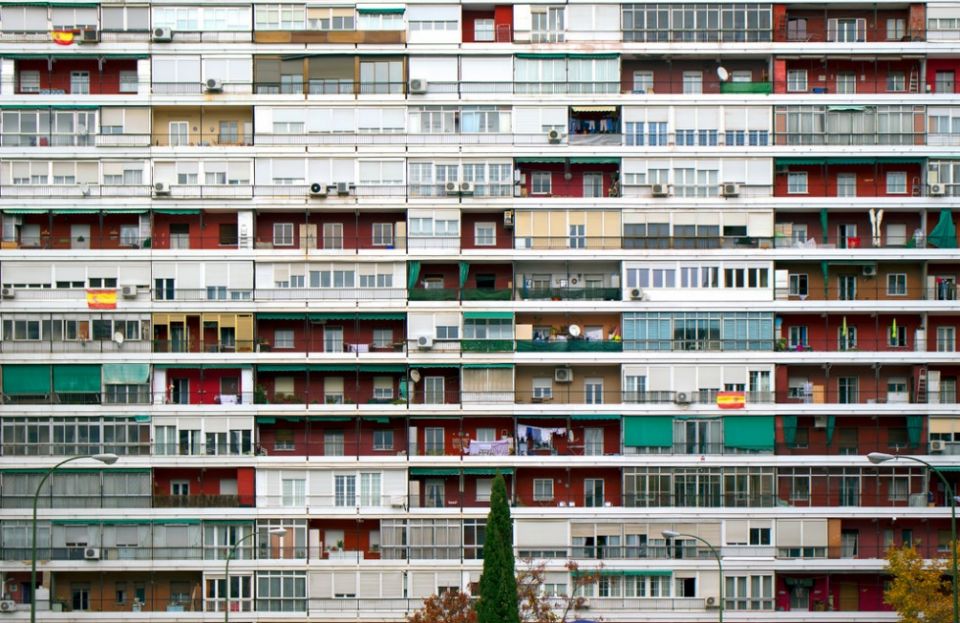
5. Neighbour with his flat for sale:
You can take him some biscuits and ask him how he's doing... or go to his ad and do a little research. If you don't know how to bake biscuits, read on. We know... your kitchen is so much prettier and so is your bathroom tiling, right?
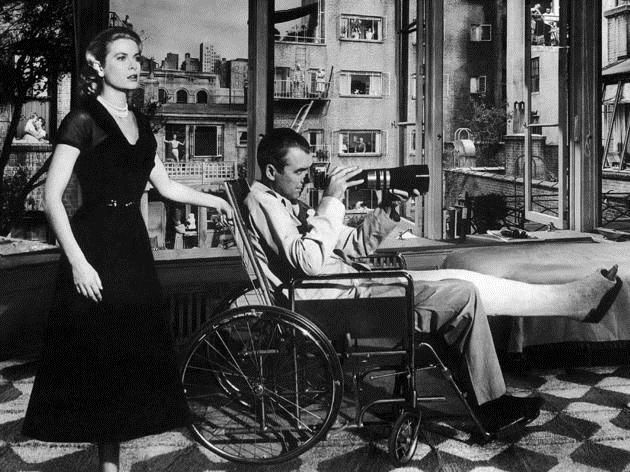
You can draw many conclusions from Idealista's own advertisement:
At the end of the announcement you will find the STATISTICS:
- If it has been for sale for a long time and there are few viewings, look at the other properties in the area. If this is repeated, there is likely to be little demand.
- If there are many views and few contacts, it is very likely that there is demand in the area but either the photos are bad, the property is not eye-catching or the price is not right.
- If there are many "saved as favourites" but few contacts: possibly the flat is liked but interested parties are waiting for the price to go down.
- If there are many contacts and it has not been sold, there are many reasons for this, but it is possible that they go to see the flat and it is not what they expected (hence the importance of the information being as realistic as possible).
How much more is my renovated flat worth than my neighbour's unreformed flat?
A little tip: calculate how much you need to invest to get the houses in the same condition and then add or subtract the amount.
6. Automated bank valuations:
They can be useful especially in areas of very similar and relatively new dwellings, and where the most common types of housing are in the same area, and where the most common types of housing are in the same area.2 of the land registry actually coincide with those of the property. It is a good reference to take into account, but only as another reference. Algorithms are not yet that good.
7. Calculation of rental yield:
This is the PER (Price-Earnings Ratio), which changes according to the cities and neighbourhoods and is updated quarterly by the Bank of Spain. To give you an example: in Madrid, in areas such as Villaverde, the PER can be around 7% and in other areas such as Chamartín it can be around 4%.
EXAMPLES OF CALCULATION WITH THE PER (pure letter level :__):
Let's imagine that we have a flat that we can rent for €1,000 per month in Chamartín and we are told that the PER in the area is around 4%.
1.000€ x 12 months = 12.000€ / year.
Value of the property = 12.000/4 (PER) X 100 = 300.000€.
Let's imagine that the flat is in Villaverde and we are told that the PER is 7%. After studying the area we see that we can rent it for 600€ per month.
600€ x 12 months = 7.200€ / year.
Value of the property = 7,200 / 7(PER) x 100 = 102,800€.
8. Law of supply and demand:
Three good questions to ask yourself:
A: Is your area in demand?
Not to be confused with whether you like it or have grown fond of the neighbourhood - do people want to move there now?
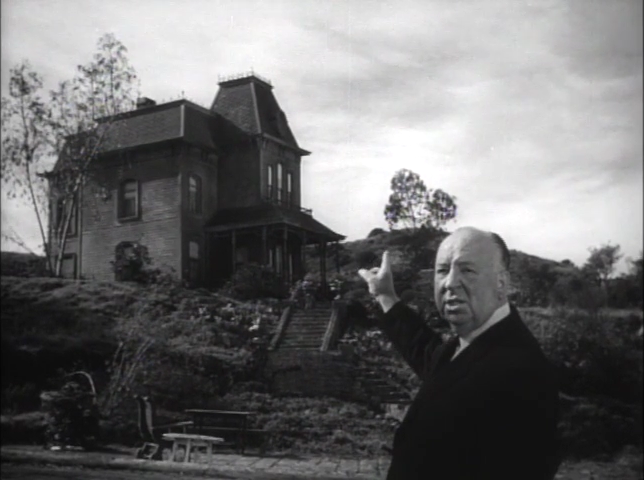
"For this villa in the suburbs I was offered 1 million in 2006".
B: Do you have many competitors?
C: For the price you want to ask for your flat, what could you buy in the area?
This last one is a very useful exercise to do on Idealista: if filtering by area, price and features you see properties that you would exchange yours for, others will also do so and perhaps you should think about lowering your expectations. If, on the other hand, yours is clearly among the best, others will also see it and it will be time to ask yourself if you are being realistic with the value you had thought of or too modest.
9. Do not underestimate the intelligence of the buyer:
We all like to sell high and buy low. And yes... foreigners too. Don't be a Homer...
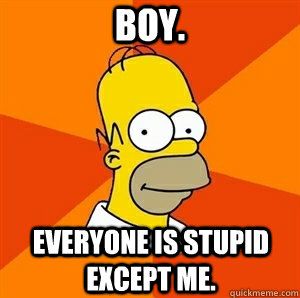
10. Comparison method:
This is the method used by the appraisers and also the one we use at Monapart. Six comparable witnesses are used and after going through a homogenisation process, a value is obtained which is applied to the property to be valued. The witnesses are weighted upwards or downwards following parameters that differ according to the companies (hence the appraisals do not always match 100%). For example, if we compare a property with parking and another that does not have it, a certain coefficient will be applied to match them and so on with multiple factors.
At Monapart, before visiting a property, we carry out a MCA (Comparative Market Analysis) to study the area and once we have visited it and spoken to you, we make a valuation using this method.
Well, do you need to know how much your home is worth? If you want a free valuation of your home, without obligation, reasoned and without generating false expectations, ask for a free valuation. here.


